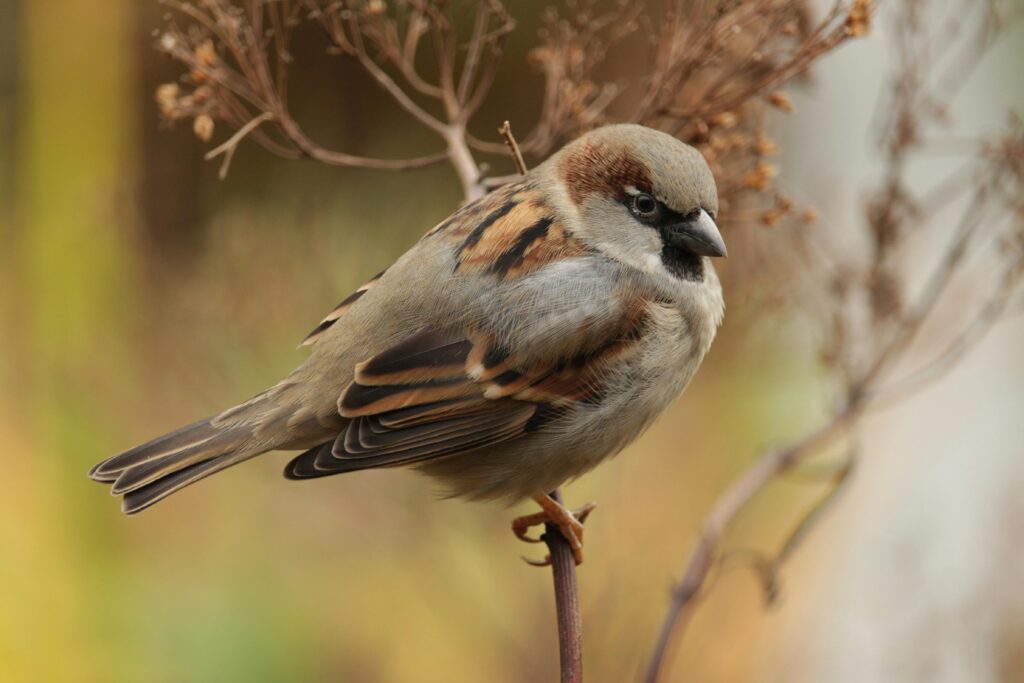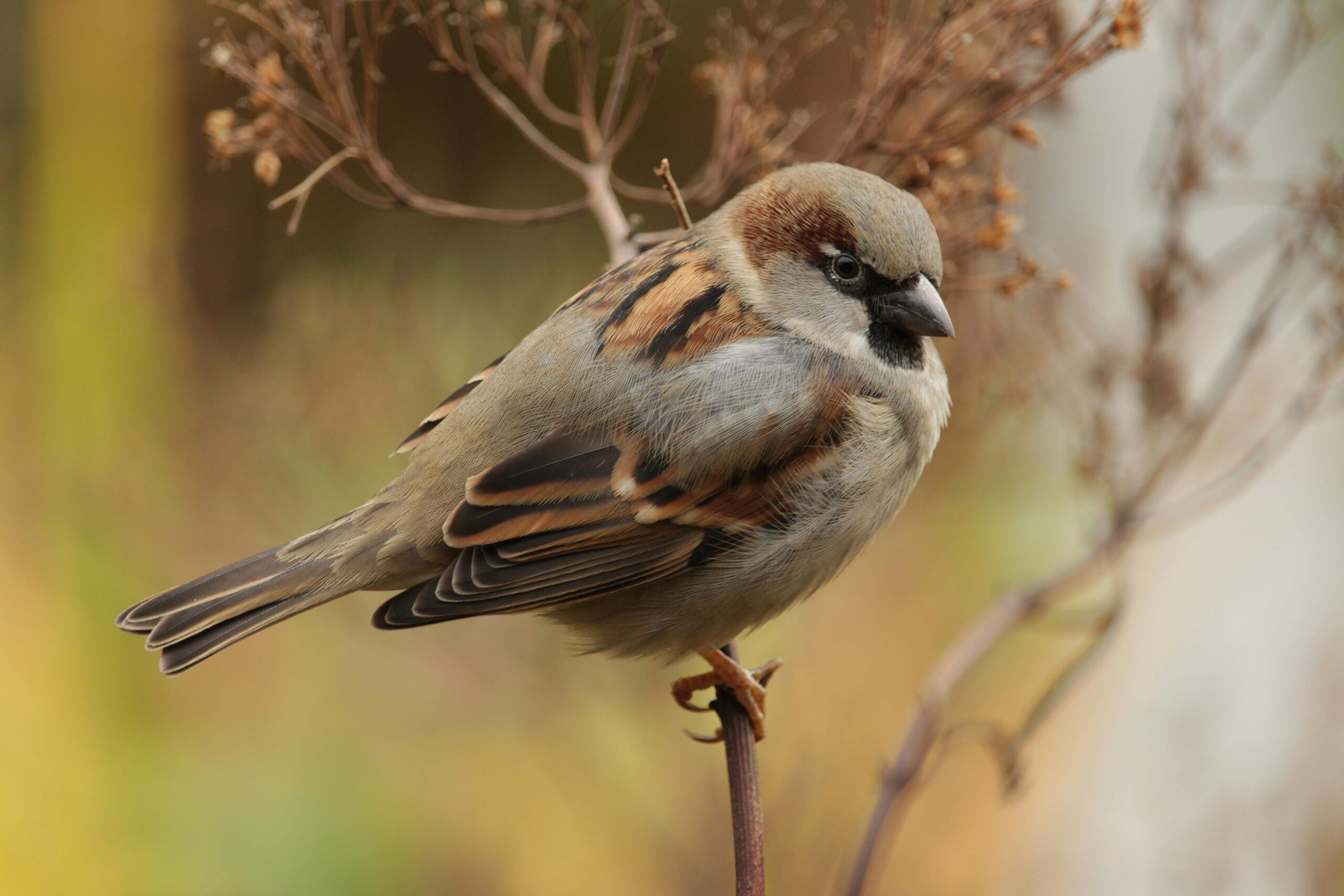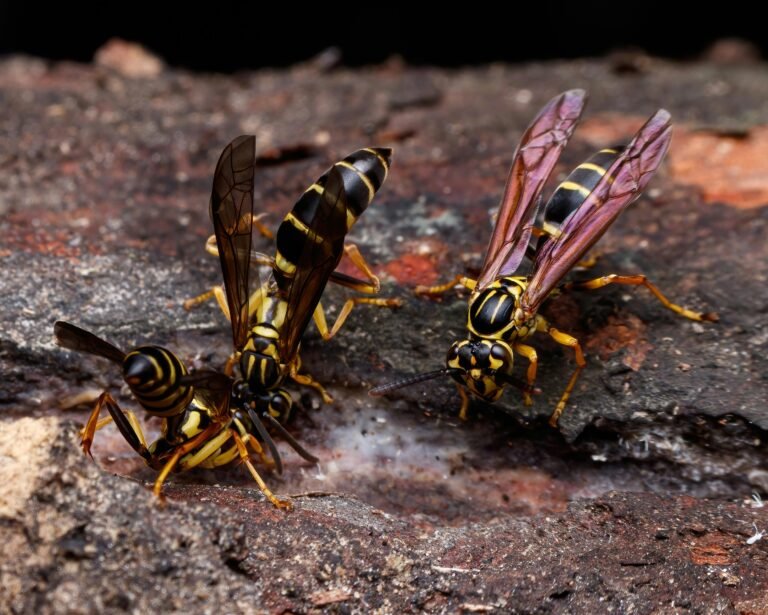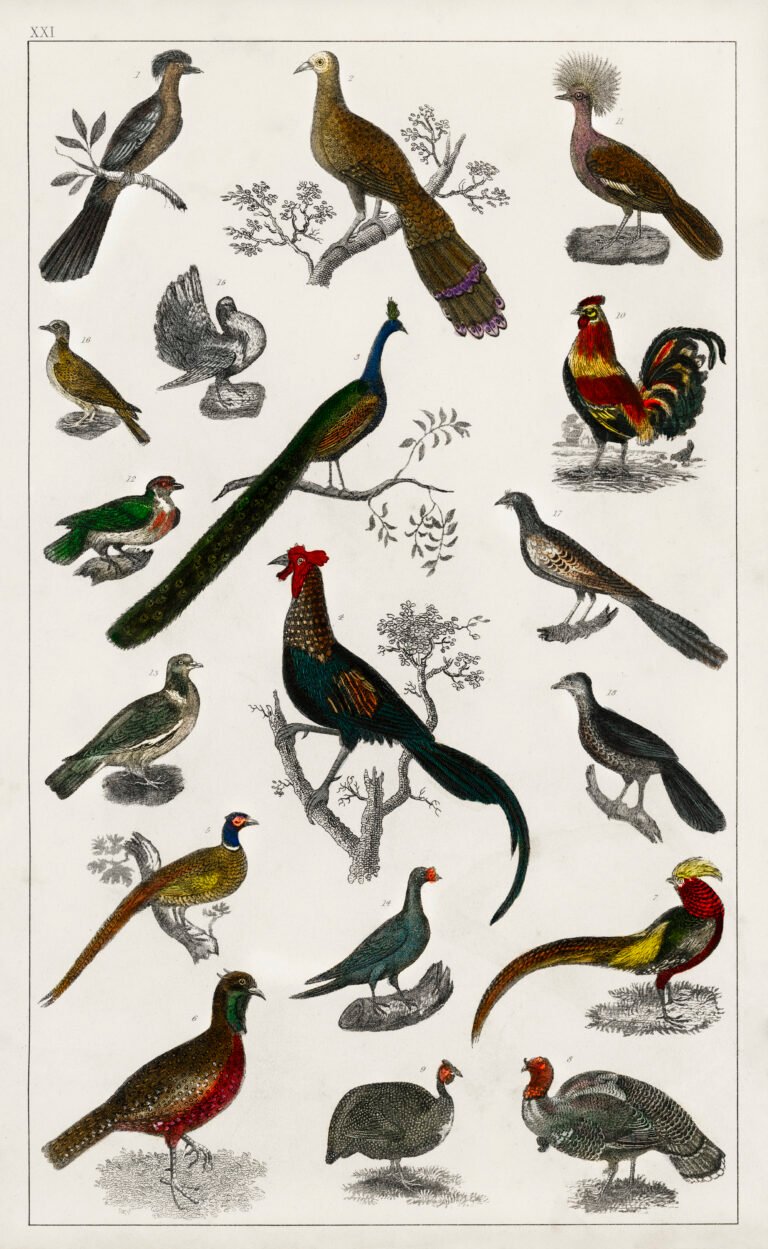Sparrow Lifespan: How Long Do Sparrows Live?

Hey everyone, welcome back to Feathered Mates! Today I will talk to you about Sparrow Lifespan: How Long Do Sparrows Live?
I’ve always been fascinated by sparrows—those little brown birds that flit around my garden, chirping away like they own the place. They’re everywhere, yet we rarely stop to think about their lives. How long do sparrows live? What challenges do they face? Most sparrows in the wild only make it to about three years, though some lucky ones can reach up to ten. It’s a tough world for these tiny creatures. Predators, harsh weather, and even human activity cut their lives short. Yet, despite everything, they keep singing, keep building nests, keep living—reminding us that resilience exists even in the smallest of hearts.
In this comprehensive guide, we’ll explore the average life expectancy of a sparrow, the lifespan of different sparrow species, and how these tiny birds manage to survive in the wild and captivity.
Today we will try to learn about sparrow lifespan, how long do sparrows live, lifespan of a sparrow or lifespan of sparrow bird, average life expectancy of a sparrow, etc.
Average Life Expectancy of a Sparrow?
The average life expectancy of a sparrow varies depending on its species, habitat, and environmental factors. In general, sparrows live for about 3 to 5 years in the wild. However, with ideal conditions and fewer threats, some sparrows can live up to 10 years or more.
In captivity, where they are protected from predators and provided with proper care, sparrows may live significantly longer, often reaching 12 to 15 years.
Factors That Affect the Lifespan of a Sparrow
Several factors influence the lifespan of sparrow birds, ranging from their environment to predation risks. Here are some of the most significant elements:
1. Predators
Sparrows face constant threats from predators such as cats, hawks, and snakes. Young sparrows and eggs are particularly vulnerable, which significantly impacts their average lifespan.
2. Habitat
Sparrows thrive in urban and suburban areas where food is plentiful. However, habitats with heavy pollution or insufficient resources can shorten their lives.
3. Diet and Nutrition
A sparrow’s diet primarily consists of seeds, grains, and insects. Poor nutrition or a lack of food sources can lead to malnourishment, impacting their longevity.
4. Weather Conditions
Severe weather, such as extreme cold, heavy rain, or prolonged drought, can affect sparrows’ survival. These small birds rely heavily on suitable weather conditions for food availability and nesting.
5. Diseases and Parasites
Sparrows are susceptible to various diseases and parasites. Conditions such as avian pox and mites can harm their health, reducing their lifespan.
6. Human Activities
Urbanization, habitat destruction, and pollution can negatively impact sparrows. On the other hand, bird-friendly practices like providing feeders and clean water can support their survival.
Lifespan of a Sparrow Species
Different sparrow species have varying lifespans based on their habitats and characteristics. Let’s look at some of the most common species:
1. House Sparrow (Passer domesticus)
The house sparrow is the most widely recognized species. In the wild, their lifespan ranges from 3 to 5 years, but with ideal conditions, they can live up to 13 years.
2. American Tree Sparrow (Spizelloides arborea)
Known for their migratory behavior, American tree sparrows live for about 2 to 3 years on average in the wild. In rare cases, they can live up to 10 years.
3. Song Sparrow (Melospiza melodia)
Song sparrows have an average lifespan of 3 to 5 years, with some individuals recorded to live up to 11 years.
4. Eurasian Tree Sparrow (Passer montanus)
This species lives around 2 to 4 years in the wild. Under protected conditions, they may live up to 10 years.
5. White-Crowned Sparrow (Zonotrichia leucophrys)
With an average lifespan of 6 to 8 years, white-crowned sparrows are among the longer-living species.
How Long Do Sparrows Live in Different Environments?
In the Wild
Wild sparrows face numerous challenges, including predation, weather extremes, and food scarcity. These factors typically result in shorter lifespans, with most sparrows living only 3 to 5 years.
In Captivity
In captivity, sparrows enjoy a safer and more controlled environment. They are shielded from predators, provided with ample food, and receive medical care if needed. As a result, sparrows in captivity often live up to 12 to 15 years.
Life Stages of a Sparrow
Understanding the life stages of sparrows offers insight into their survival strategies:
- Egg Stage:
Sparrows lay 3 to 5 eggs per clutch, which incubate for about 10 to 14 days. - Nestling Stage:
After hatching, the nestlings remain in the nest for approximately 14 days before fledging. - Juvenile Stage:
Young sparrows learn to forage and adapt to their environment during this stage, which lasts a few weeks. - Adult Stage:
Once fully grown, adult sparrows focus on reproduction and survival.
How to Support Sparrows and Extend Their Lifespan
While the lifespan of sparrow birds is influenced by natural factors, humans can play a role in helping them thrive. Here are some tips to create a sparrow-friendly environment:
1. Provide Food Sources
Set up bird feeders with seeds, grains, and mealworms. Avoid using pesticides on plants, as sparrows rely on insects for nutrition.
2. Offer Clean Water
Provide fresh water for drinking and bathing. Regularly clean water bowls to prevent the spread of diseases.
3. Create Safe Nesting Spaces
Install nest boxes in safe locations to protect sparrows from predators and harsh weather.
4. Avoid Harmful Chemicals
Reduce the use of chemicals in gardens, as they can harm sparrows and their food sources.
5. Plant Native Vegetation
Native plants attract insects and provide natural shelter, ensuring sparrows have a balanced diet and safe nesting areas.
Why Do Some Sparrows Live Longer Than Others?
The disparity in sparrows’ lifespans arises from differences in their environment, genetics, and luck. A sparrow living in a predator-free area with abundant food and mild weather is more likely to reach its maximum lifespan. Conversely, sparrows in urban environments with high pollution and fewer resources face more challenges.
Fascinating Facts About Sparrow Lifespan
- Oldest Recorded Sparrow: The oldest wild house sparrow on record lived for 13 years and 4 months, according to bird banding data.
- Survival Rates: Less than 50% of sparrows survive their first year due to predation and environmental challenges.
- Seasonal Variations: Sparrows living in temperate regions face shorter lifespans due to harsh winters compared to those in milder climates.
Click here to know How Long Do Chickens Live?
The sparrow lifespan is a testament to the resilience and adaptability of these small birds. While most sparrows live for only a few years in the wild, they have the potential to live much longer under favorable conditions. By creating a sparrow-friendly environment, we can contribute to their survival and enjoy the cheerful presence of these delightful creatures for years to come.
Whether you’re an avid bird lover or just curious about the natural world, sparrows offer an inspiring glimpse into nature’s ability to thrive amidst challenges. Let’s do our part to protect these remarkable birds and ensure their songs continue to brighten our days.
It can be said that birds are very peaceful creatures and they always fascinate us with their behavior. So, As a responsible bird owner, acquiring the necessary knowledge about birds is of course very important. Every bird owner should understand and review accurate information about birds and guide birds properly. Hope we have helped you enough to know Sparrow Lifespan: How Long Do Sparrows Live? Stay with us to learn about the right bird selection, bird care, birds nests and all things related to birds. May the relationship between you and your pet become stronger.







